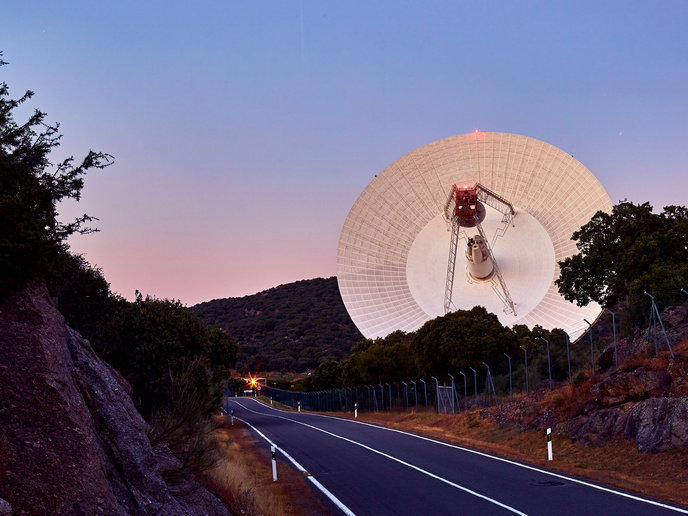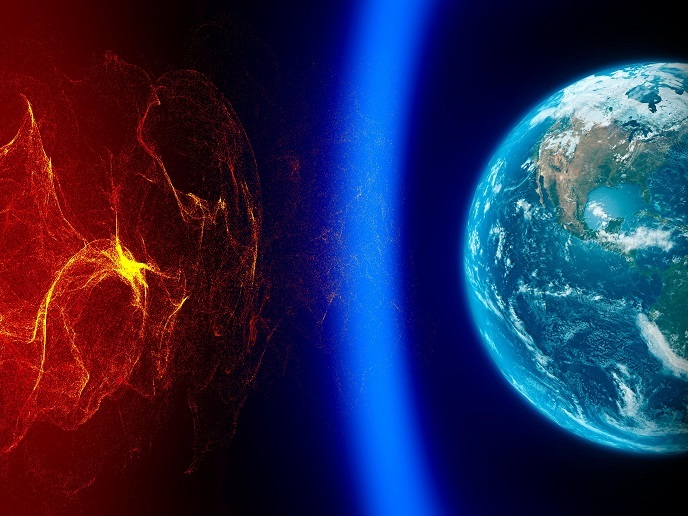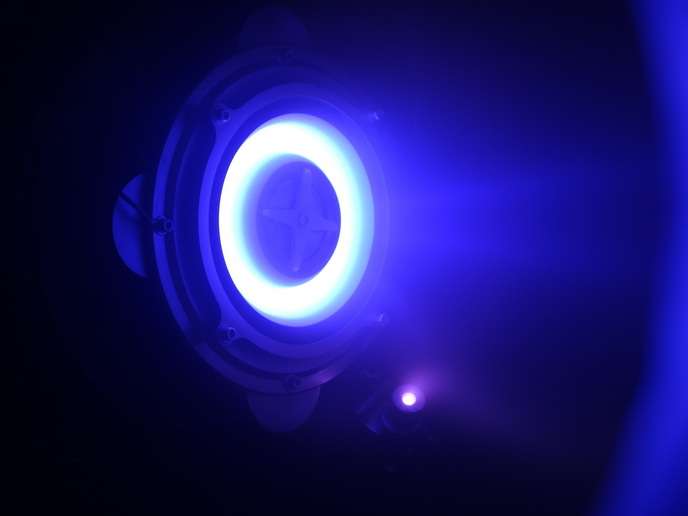Protecting space data from the ground up
What do communications, air and sea travel, weather monitoring and military defence have in common? They all rely heavily on space infrastructure. Our growing dependence on space data means that protecting critical space infrastructure against physical threats and cyberattacks has become a major public safety concern. The EU-funded 7SHIELD(opens in new window) project delivered a flexible framework improving our ability to confront such threats by harnessing cutting-edge technologies. It focuses on space systems’ ground segments, which include the facilities needed to operate satellites and process data, such as ground stations, networks and terminals. Ground segments are increasingly becoming the targets of threats, especially hybrid ones, due to the key role they play in collecting critical data.
Seven key technologies
“Threats can manifest at many levels, from hijacking a satellite to denial-of-service(opens in new window) attacks and imitating signals introducing disinformation,” says Gabriele Giunta, 7SHIELD’s coordinator and head of secure and resilient infrastructures at Engineering(opens in new window), the project host. To better prevent, detect, respond to and mitigate threats at ground level, 7SHIELD integrates seven key technologies: IoT, high-level analytics, decision support systems, crisis management, situational awareness, semantic reasoning and sensors. “The project has been able to demonstrate how these state-of-the-art technologies can protect ground segments effectively against cyber, physical or hybrid attacks. The system could improve our ability to manage multiple attacks of different types in parallel,” Giunta notes.
Complex threats
7SHIELD covers measures to be taken before, during and after a crisis. Its multilayered architecture ensures that its 32 modules work together seamlessly at each stage, from data capturing and threat detection to the creation of a global view and the triggering of appropriate responses. The cyber-physical layer contains sensors deployed to capture data related to potential threats, for instance through drones, CCTV and antivirus software. The detection layer covers technology for the identification of abnormal events. This includes, for instance, facial recognition to identify suspects. In the situational picture layer, all the information from the detection layer is aggregated and analysed in real time to identify complex cyber, physical and hybrid attacks. The service layer provides experts with a toolbox for taking appropriate actions based on this information during a crisis. For instance, it supports effective decision-making in the field by providing first responders with timely information. This layer also covers pre- and post-crisis services: examples include a prevention tool scanning the dark web for malicious activity, and emergency response plans based on the threat exposure. To assess the system in real crisis situations, the project team carried out several pilot use cases at five European sites. At the Arctic Space Centre of the Finnish Meteorological Institute(opens in new window) in Lapland, the test scenario involved unauthorised persons and drones entering the premises of the centre as part of an activist attack. The 7SHIELD platform successfully provided decision support to operators and was able to recognise harmful activity, using, for instance, thermal cameras and drone-based object detection.
Getting ready for deployment
The project team has accomplished decisive steps towards bringing its research to the market. “Some components are ready for immediate deployment,” says Giunta. The launch of the whole integrated framework still requires the finalisation of a user guide including installation requirements, and of some maintenance and troubleshooting aspects. “Once the framework is installed, it can be taken into daily use rather fast,” he adds. Looking ahead, he calls for strengthened collaboration to further improve ground segment security, particularly with organisations such as the European Space Agency(opens in new window). The outcomes of 7SHIELD could prove useful beyond space infrastructure: “The results are also valuable for the protection of other critical infrastructures, including energy and telecommunication,” Giunta notes.







